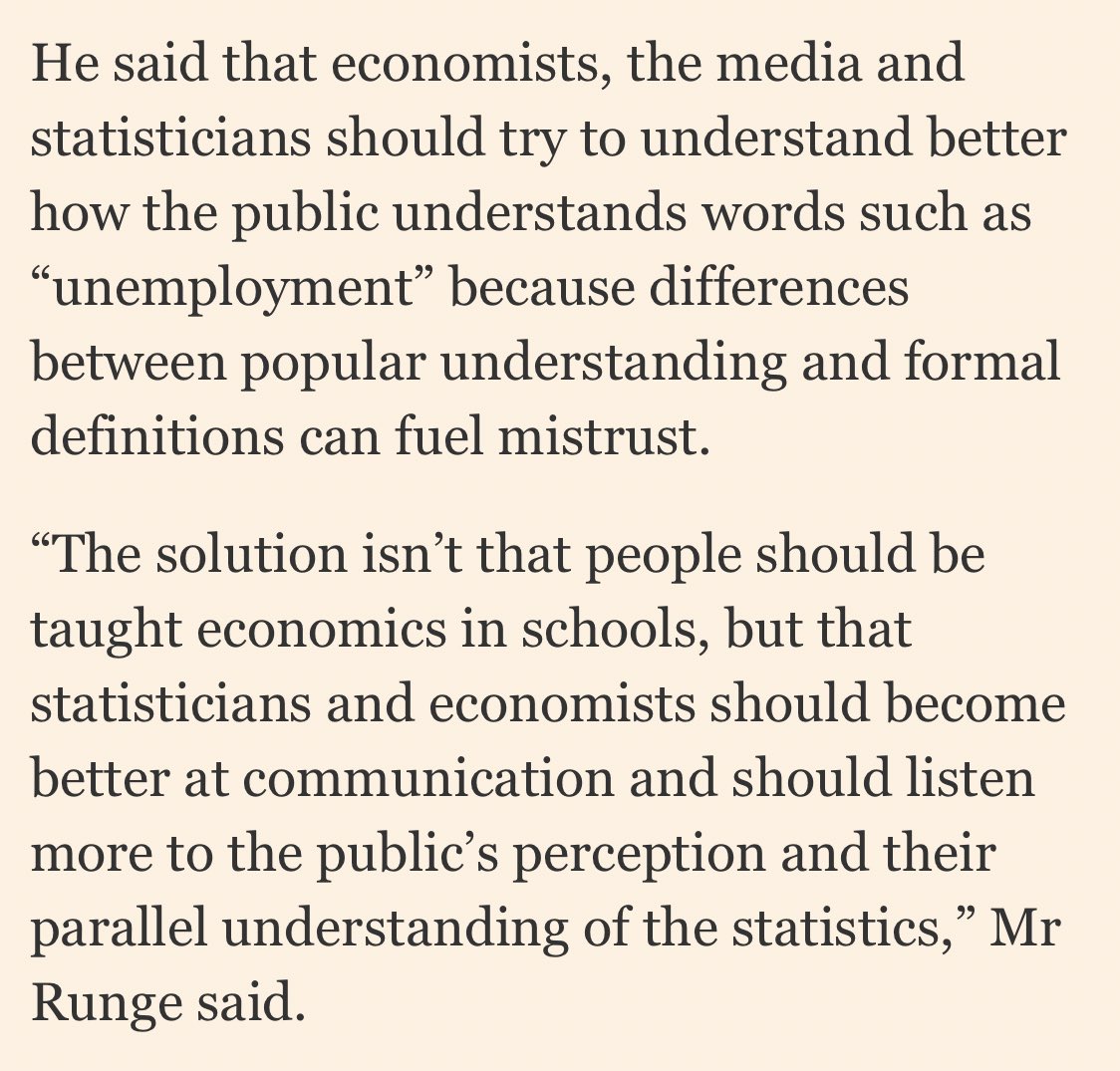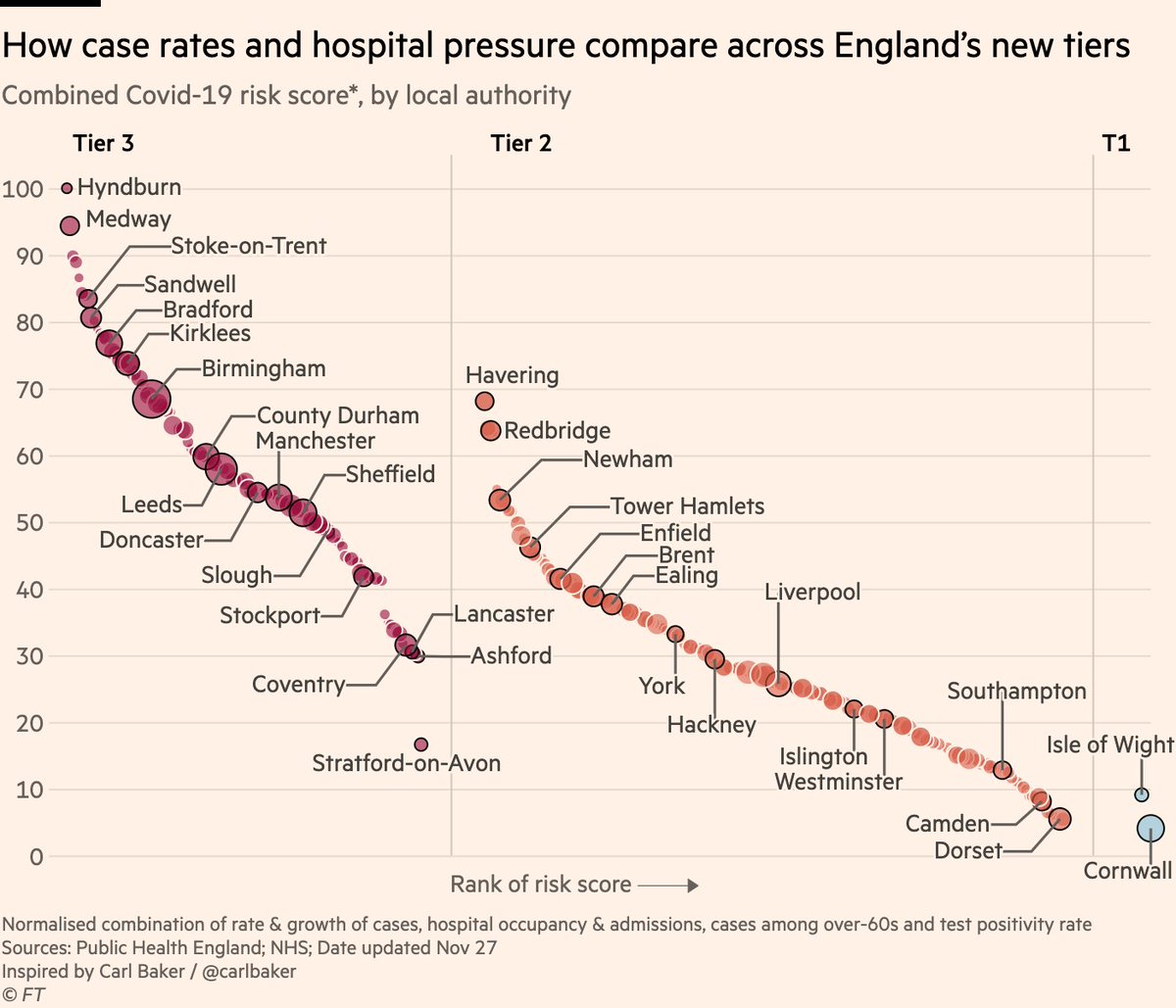
NEW: it’s expected (but not yet confirmed) London will go into Tier 3 when England’s Covid restrictions are reassessed next week, so what do the data show?
Let’s dig into all 6 metrics the govt is using.
First, new case rates:
• High in much of London, well into old T3 levels
Let’s dig into all 6 metrics the govt is using.
First, new case rates:
• High in much of London, well into old T3 levels

But with cases, *growth rate* is also a key consideration, and this could be the big one for London.
Rates are rising in the vast majority of London boroughs, increasing by 50% per week in many places, and rising faster than almost all current Tier 3 areas.
Rates are rising in the vast majority of London boroughs, increasing by 50% per week in many places, and rising faster than almost all current Tier 3 areas.

Sticking to cases, government is also looking at rates specifically among those aged 60 and over.
As with the pattern in the general population, London boroughs send that Tier 2 slope steeply upwards on the left, with case rates among the 60+ well into former Tier 3 territory.
As with the pattern in the general population, London boroughs send that Tier 2 slope steeply upwards on the left, with case rates among the 60+ well into former Tier 3 territory.

And lastly on cases, we can look at percentage of tests coming back positive, to make sure patterns in cases are not just reflecting different levels of testing.
Similar picture again: in several London boroughs more than 10% of tests are positive. These are concerning levels.
Similar picture again: in several London boroughs more than 10% of tests are positive. These are concerning levels.

Next, we know pressure on hospitals is another important factor. First up, rates of new admissions.
London’s rising cases are a relatively recent development, so most are yet to feed into hospitals, but regrettably they will start appearing in these numbers soon.
London’s rising cases are a relatively recent development, so most are yet to feed into hospitals, but regrettably they will start appearing in these numbers soon.

And finally, we can look at total numbers of Covid-19 patients in hospital beds.
Again, London boroughs are generally some way below the national average here, but the rising trend in cases will begin pushing them up the rankings.
Again, London boroughs are generally some way below the national average here, but the rising trend in cases will begin pushing them up the rankings.

To conclude, cases and positivity are high and rising in much of London. Hospital pressure in the capital is not *yet* a concern, but it will be if those growth rates do not change.
Considering all of that together, it’s understandable that London is being considered for Tier 3.
Considering all of that together, it’s understandable that London is being considered for Tier 3.
In the spirit of transparency, here is all of the data used in these charts: docs.google.com/spreadsheets/d…
And finally, credits to @carlbaker for the chart concept, and to @VictimOfMaths for the methodology of allocating hospital data to local authorities.
And finally, credits to @carlbaker for the chart concept, and to @VictimOfMaths for the methodology of allocating hospital data to local authorities.
• • •
Missing some Tweet in this thread? You can try to
force a refresh













